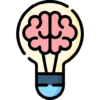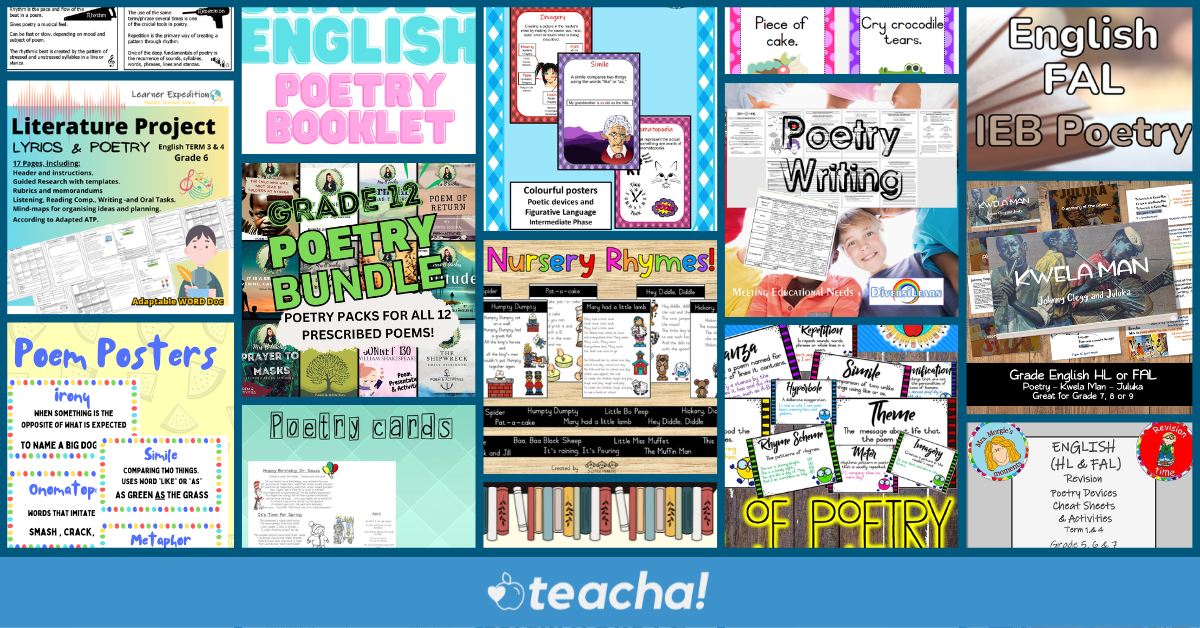Core competencies: critical thinking and problem solving

This collection was bundled to help motivate students to think critically about challenges in their environment and find solutions to problems. This collection of critical thinking and problem-solving resources includes posters, mind maps, and experiments.
Looking for more CBC resources? These collections include teaching resources for the Competency-Based Curriculum.
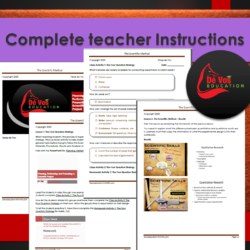
The Scientific Method
Description
When teaching students, the process of experimental design, use the four-question strategy. This is a clever activity to help students explore the possible variations of a general topic before trying to follow the Scientific method using the Question, Hypothesis, Materials, Procedures, Results and Analyses steps. Devoseducation
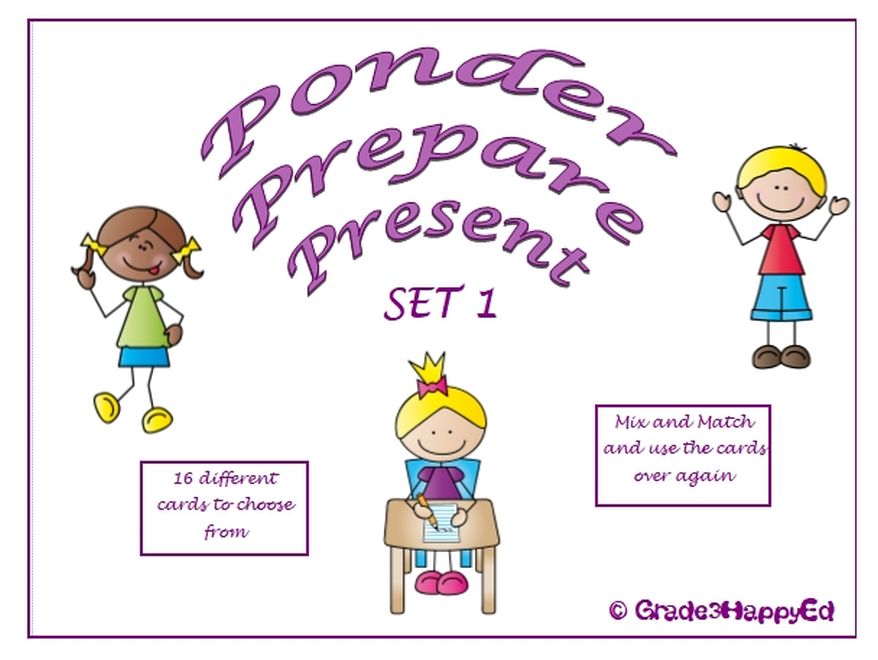
Ponder, Prepare, Present: SET 1: Grade 3
Description
Ponder, Prepare, Present : Set 1 Author: Wendy Botha Number of slides: 7 Type: Workcards (16) Topics covered: • Discussing emotions • Looking at others’ points of view • Considering the feelings of others • Being aware of different difficult situations • Learning coping skills for difficult situations • Realising that there is more than one way to handle a problem

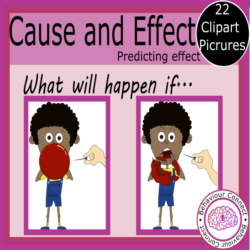
Cause and Effect: Predicting Effect
Description
Work on understanding causal relationships using this fun deck. The deck includes 12 cards depicting 6 different cause and effect scenarios. Students are required to predict and explain the effect. The effect is demonstrated in the form of a GIF on the next card. It is important for students to know and understand what cause and effect situations are. They should be able to identify an event that is responsible for the cause that resulted in an effect. Identifying these three things can help create analytical thinkers and minds that can work through complex problems.
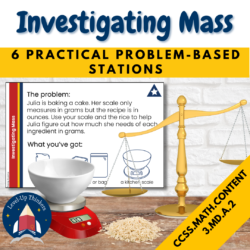
Mass Practical Investigation Stations for STEM Term 4
Description
Have you noticed that your students can solve routine problems involving mass but they struggle when you give them something different? Are you wanting to introduce or build their understanding of mass through problem-solving? These 6 practical stations give students the space to explore and problem-solve. Using them, they will explore concepts like the fact that objects have mass, they will divide masses and they will solve non-routine problems related to mass. And in so doing, your students will learn - not just facts and routines, but to think and problem solve no matter the situation. And they will internalise that they can do hard things in the process. What you get: 6 core station scenario cards that: Are labelled with symbols rather than numbers to make it easier for you to mix and match Are differentiated. Each station has two versions: an easier and more challenging version. The more challenging version is identified by a star in the symbol. Include a problem scenario for each station and provide a list of required resources. Station labels: These can be printed and folded along the line to label each station when set up. Student pack containing: A sheet for every station for students to record their thinking, including an outline of the problem scenario. Bonus: two worksheets in addition to the stations for some routine problem-solving practice, including: ordering masses from smallest to largest; specifying a unit of measurement; reading mass on a scale and 4 word-problems involving mass in the different operations. Teacher Guide explaining: Exactly how to set up the stations, what resources you will need, what the core skills are and how students can problem solve. You will also get an answer key for the routine problem-solving worksheets. In order to complete all of the stations, you will need the following equipment: Station 1: assorted fruit and a kitchen scale OR assorted fruit and tape, scissors, 2 cups, a hanger and some string (depending on the version that you choose) Station 2: Rice in its original packaging, a kitchen scale and containers or bags for measuring Station 3: Rice, a kitchen scale that can switch between grams and ounces and containers or bags for measuring Station 4: a potato and a kitchen scale Station 5: Nothing, although a whiteboard and marker would be helpful Station 6: a bathroom scale and some chairs **Check out the preview for an example station** Connect with me: Check out my website to get to know me and my why. You can also find me on Instagram to get ideas, inspiration and posts about life as a Mom Math teacher: @Level_Up_Thinkers Level-Up Thinkers
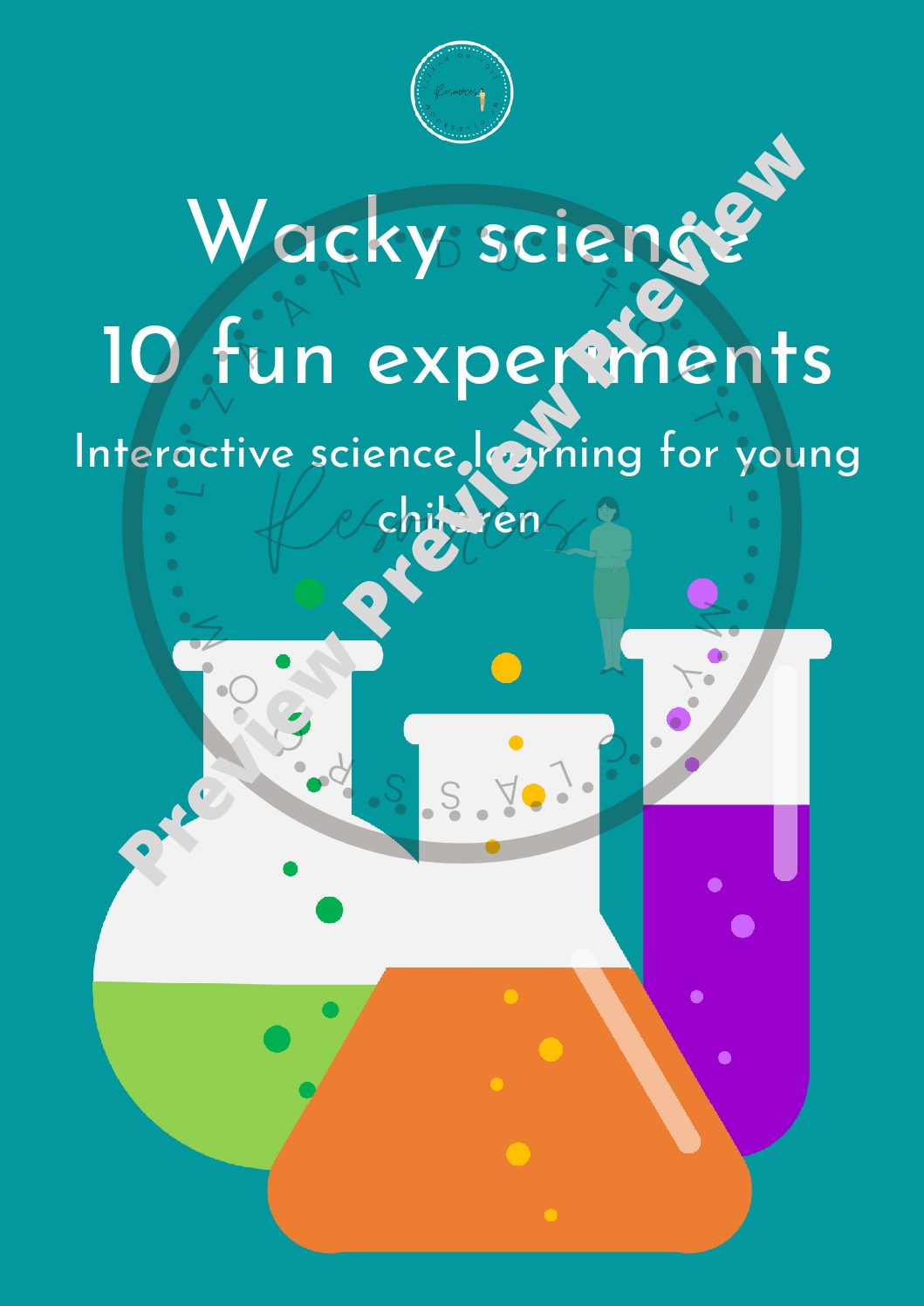
Wacky science: 10 fun experiments for young learners
Description
This 36-page interactive workbook is perfect for stimulating young minds and keeping hands busy. The workbook contains 10 fun experiments ranging from easy to difficult. Perfect to use in addition to classroom activities or to be sent home as a holiday project. Learners are guided to do experiments and then prompted to answer key questions and explain their process through drawings. Can be used as part of a homeschool curriculum as well.
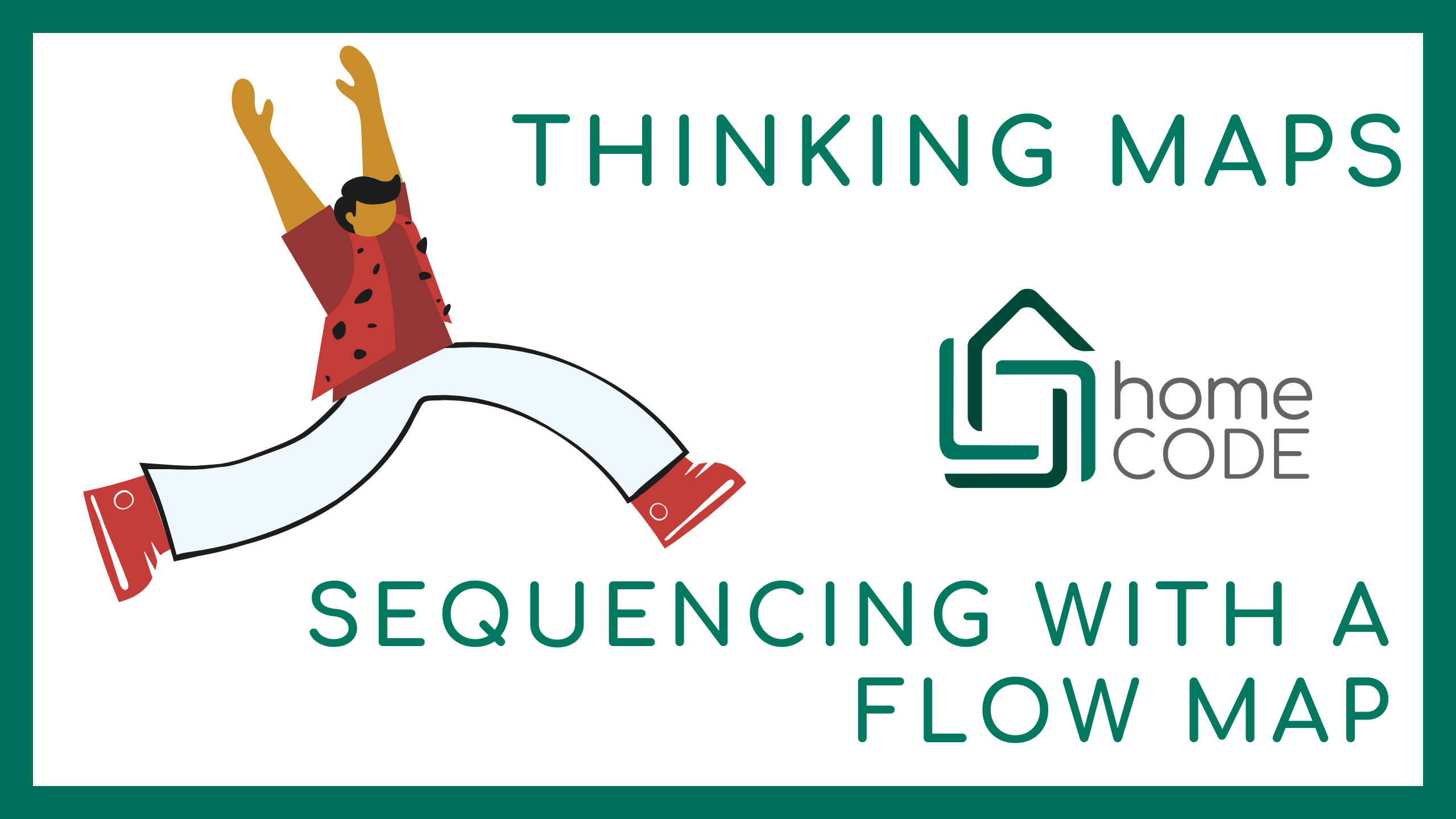
Thinking Maps - Flow Maps (Templates and Activities)
Description
Being able to plan out the logical steps or recognise the needed algorithm for a situation is an essential thinking skill. Flow maps are a phenomenal tool to practise and visualise this type of thinking. In this pack there are multiple activities and templates. Watch the video explanation here: https://youtu.be/XwVQrrteS6c



 KES(KSh)
KES(KSh) USD($)
USD($) GBP(£)
GBP(£) GHS(₵)
GHS(₵) NGN(₦)
NGN(₦) MUR(₨)
MUR(₨) BWP(P)
BWP(P) AUD($)
AUD($) TZS(Sh)
TZS(Sh) INR(₹)
INR(₹) PHP(₱)
PHP(₱) AED(د.إ)
AED(د.إ)





